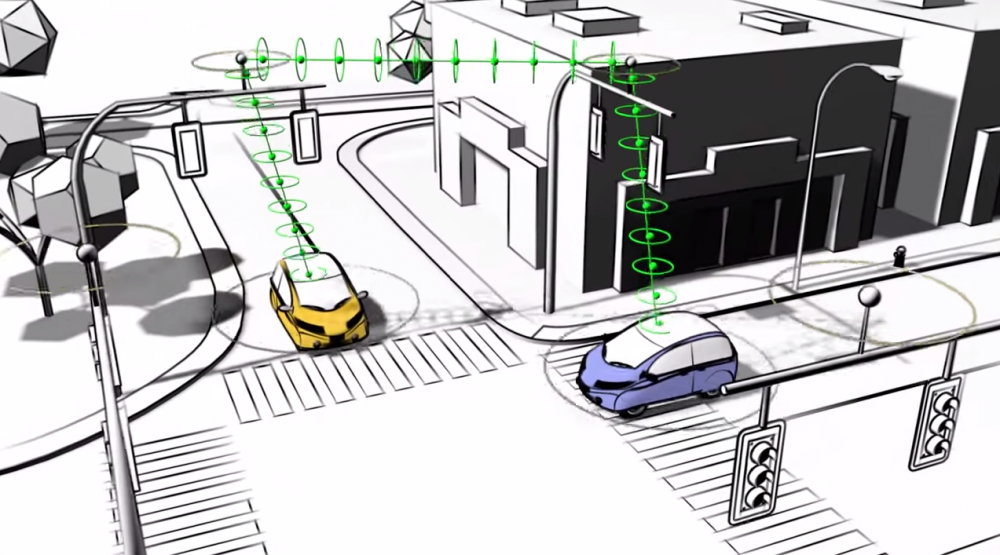Tactile Mobility’s Software Helps Smart Cars Feel the Road

Photo: Pixabay
While there are quite a few autonomous vehicle startups, others exist to improve AV technologies. According to SiliconANGLE, Tactile Mobility released a new software module that lets AVs “feel” road conditions like a human, so they can operate and respond to bumps and other challenges more accurately and safely.
Cadillac Tech: Meet the 2021 Escalade’s new OLED Display
The Tactile Mobility solution
CEO Amit Nisenbaum claims the startup originated with the goal of improving AV operation and navigation to reduce fuel consumption and enhance the software and data systems that guide its responses on the road. He articulates how the new software model addresses a gap in the vehicle telematics field that he and his team noticed. “Everybody is doing Lidar and radar and cameras. [But there is…] a neglected segment with an additional set of sensors, that sense of tactility that all of us are using when we’re driving.”
Per SiliconAngle, the software gathers data from non-visual sensors. It then applies artificial intelligence models to interpret the data and uses this information to generate a real-time map of the road. The AV then has a more detailed internal map of the road it’s traversing, so it can provide passengers with a safer, smoother ride. “If you’re approaching a pothole, the vehicle would tune the suspension to become harder or softer. If the vehicle is approaching black ice, it will probably want to slow down,” said Nisenbaum.
Hit the Road: Top destinations for your Wisconsin road trip this year
Other AV tech developments

Photo: UM News Service
Tactile Mobility isn’t the only one focusing on improving AV tech, though. Just last year, Microsoft and MIT collaborated on a new AI-based model to help AVs make better decisions. The model enables AVs to compare their potential response with what a human driver would do in certain challenging driving scenarios. And the University of Michigan is exposing AVs to realistic driving scenarios in Mcity, a unique manmade city located on 16 acres on North Campus.

The News Wheel is a digital auto magazine providing readers with a fresh perspective on the latest car news. We’re located in the heart of America (Dayton, Ohio) and our goal is to deliver an entertaining and informative perspective on what’s trending in the automotive world. See more articles from The News Wheel.

